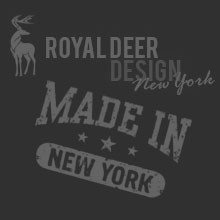Paper prototyping is a method for designing and testing user interfaces. Because the prototype is on paper and it is easy to modify rapidly, it is a perfect method for brain storming and a very early usability testing.
The paper prototyping was already used in early 1990s by companies such as IBM and Microsoft. According to a survey of usability practitioners from July 2002, answers for a question of ‘usefulness of paper prototyping’ are as follow: 15% of responses claim that the usefulness of paper prototyping is marginal, 30% that it is essential, 56% that it is useful.
What we have to point out, nobody said that a paper prototyping is useless. Some of the benefits of this technique are: it provides important user feedback early before the development process and implementation. It also allows rapid experimenting with many ideas.
An example of paper prototype could be a process of user interface designing. You hand-sketch versions of all the windows, menus, pages, pop-up messages etc. You can then ask somebody to interact with your prototype. When user ‘click’ on the elements of your sketch you can show him other pages with screens which will appear after the particular interaction with your interface. By doing this, you can quickly discover which part of the interface doesn’t work well. Because you work with a paper, you can easily modify it right away.




